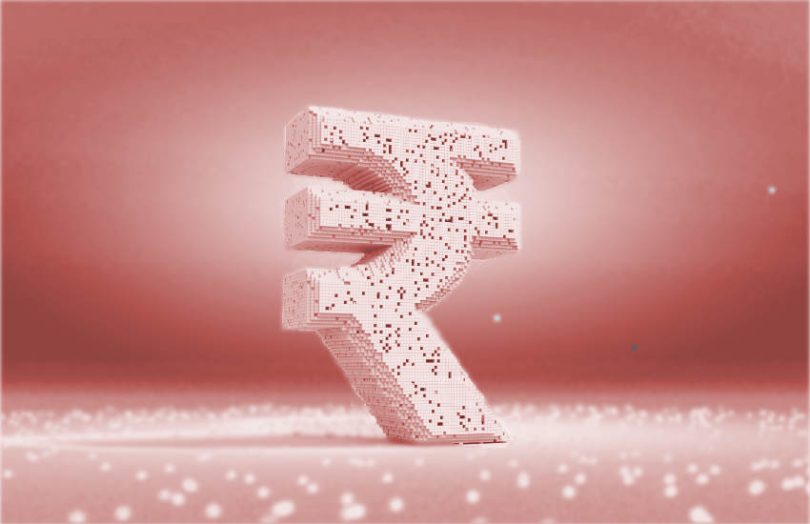At a press conference on Wednesday, the Reserve Bank of India (RBI) said that the number of transactions using its retail central bank digital currency (CBDC) had reached 770,000 since the pilot started at the end of November 2022.
RBI Deputy Governor T Rabi Sankar said that the digital rupee volumes are small because most transactions are very low value. So far, there are 50,000 end users and 5,000 merchants involved. Eight banks are participating across five cities, with five more banks onboarding and another nine cities planned.
“We want the process to happen gradually and slowly. We are in no hurry,” said Rabi Sankar. “We don’t want to do something without understanding what the possible impact is and (how) that impact can be managed.”
The banks provide wallets for end users to make person to person payments or pay for shopping using QR codes.
The eight banks previously announced are State Bank of India, ICICI Bank, Yes Bank, IDFC First Bank, Bank of Baroda, Union Bank of India, HDFC Bank and Kotak Mahindra Bank.
India’s primary digital currency motivations are to reduce the cost of distributing cash and for financial inclusion.
With China far advanced in its digital yuan pilots, the world’s two most populous countries with a combined 2.8 billion people will soon be making a CBDC available to their citizens. That’s more than a third of the global population.
Meanwhile, India’s central bank launched a wholesale or interbank CBDC trial to settle government bonds in late October 2022.






